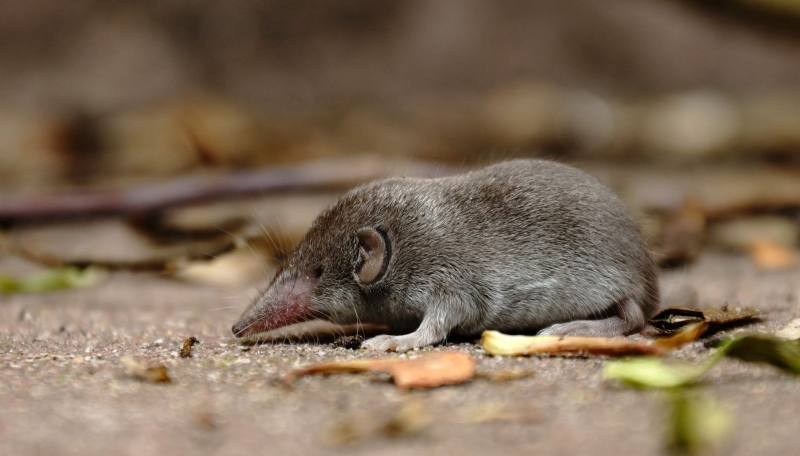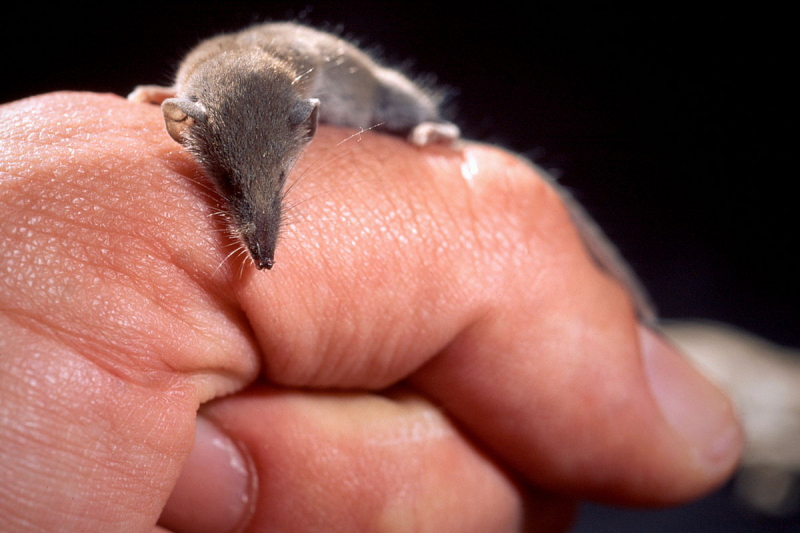Etruscan Shrew

The Etruscan Shrew (Suncus etruscus), also known as the Etruscan Pygmy Shrew and the White-toothed Pygmy Shrew, weighs only 1.2–2.7 g. That makes it the world’s smallest mammal when measured by weight, but, at 36–53 mm, it loses out to the bumblebee bat for smallest in length. It can pursue creatures that are the same size as itself and feeds primarily on insects and other small vertebrates and invertebrates. They are often rare and endangered in some countries, despite being common and generally not threatened.
The warm, moist environments that are covered with bushes are preferred by the Etruscan shrew because they provide cover from predators. Habited areas are typically found where open terrain, such as grasslands and scrub, meets deciduous forests. Although it has been discovered up to 3,000 m (9,800 ft) above sea level, it is often restricted to the foothills and lower belts of mountain ranges. It can be found at sea level. Along the banks of lakes and rivers, as well as in human-cultivated regions, it colonizes riparian thickets (abandoned gardens, orchards, vineyards, olive groves, and edges of fields).











